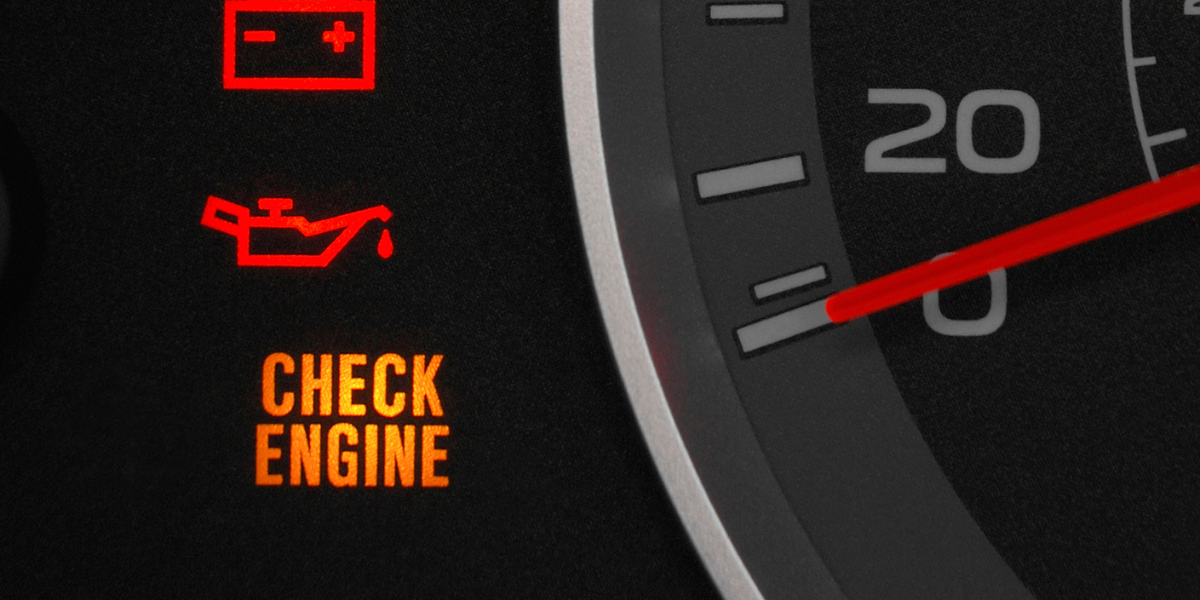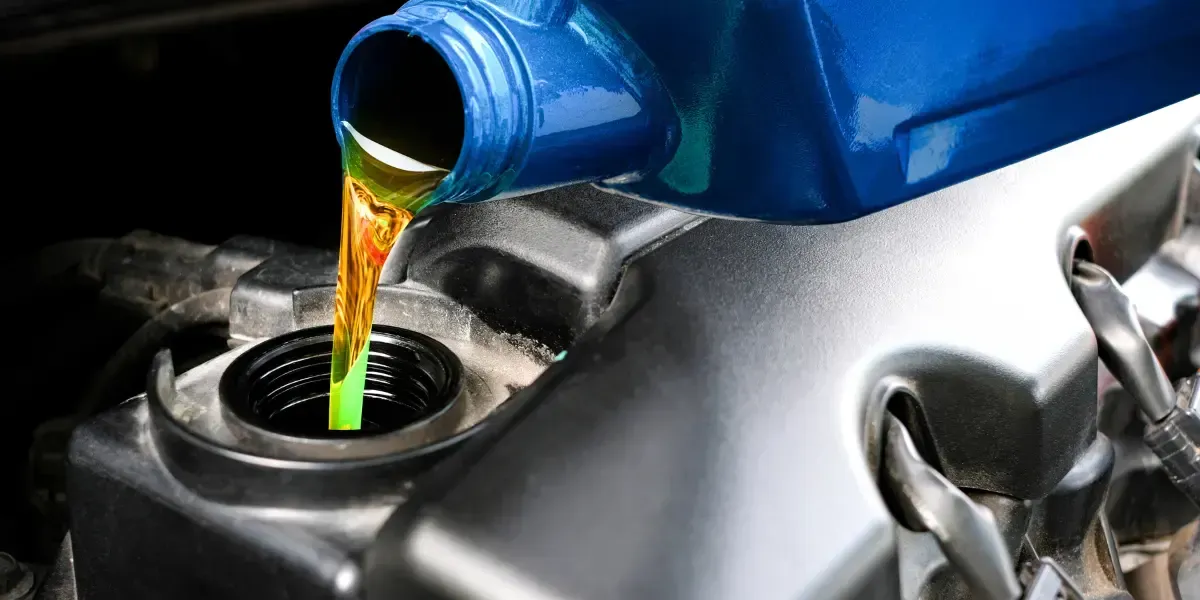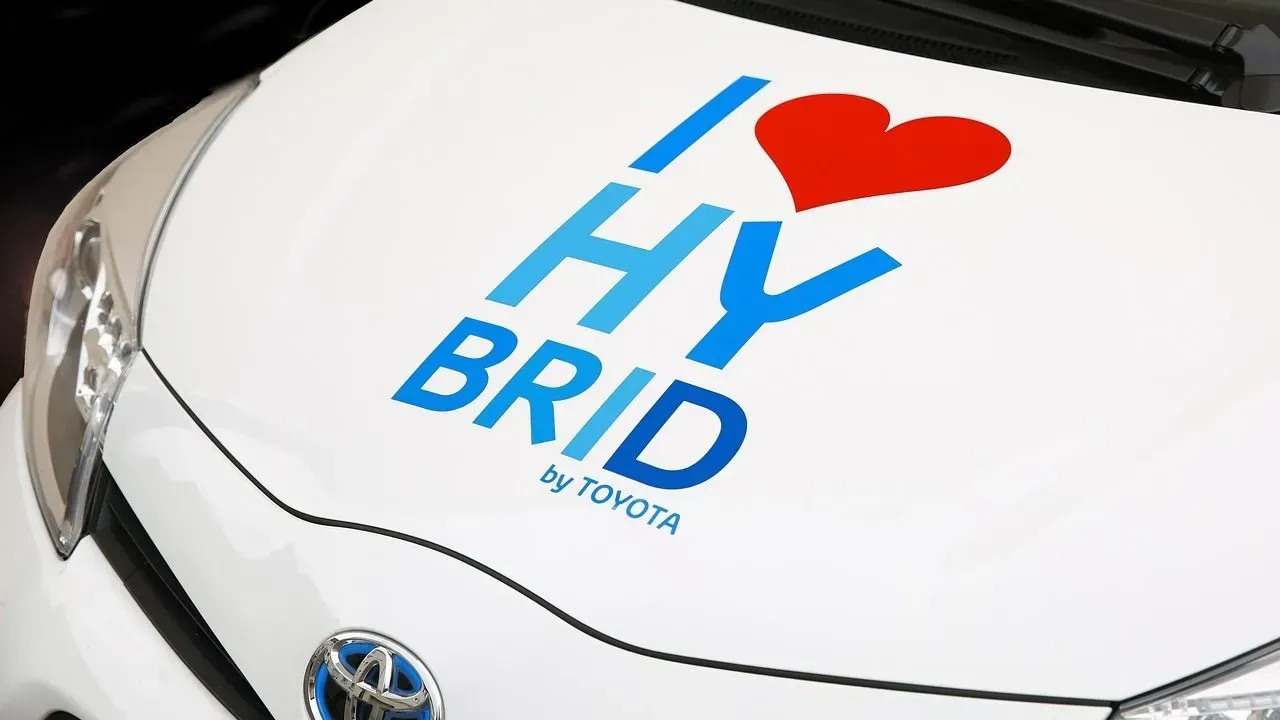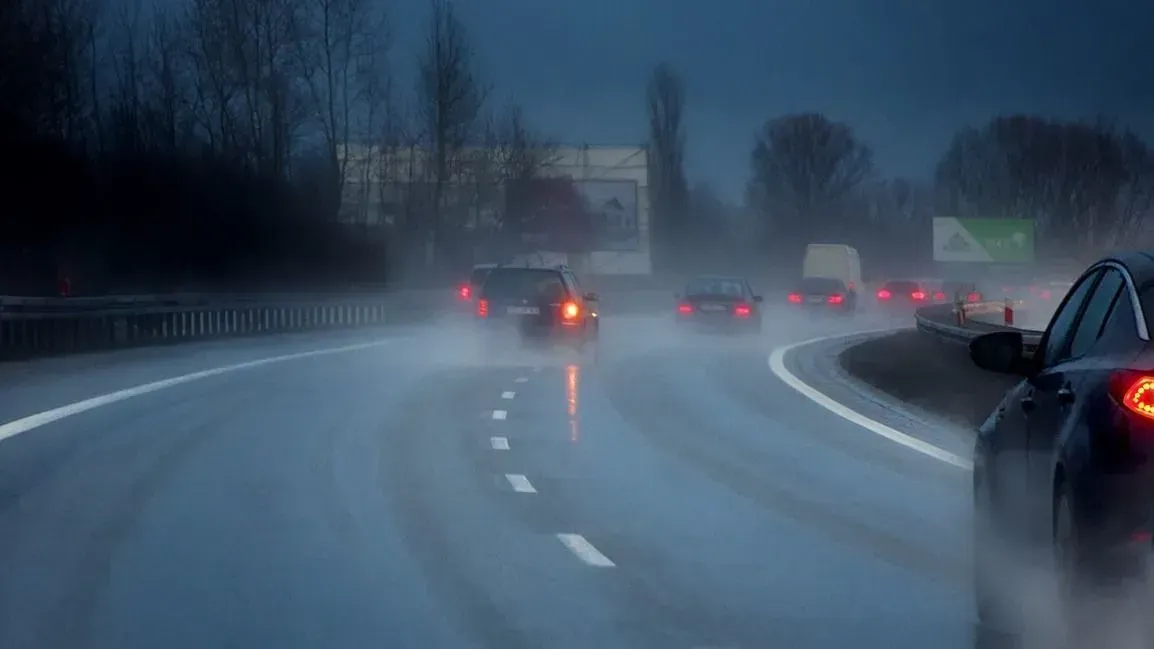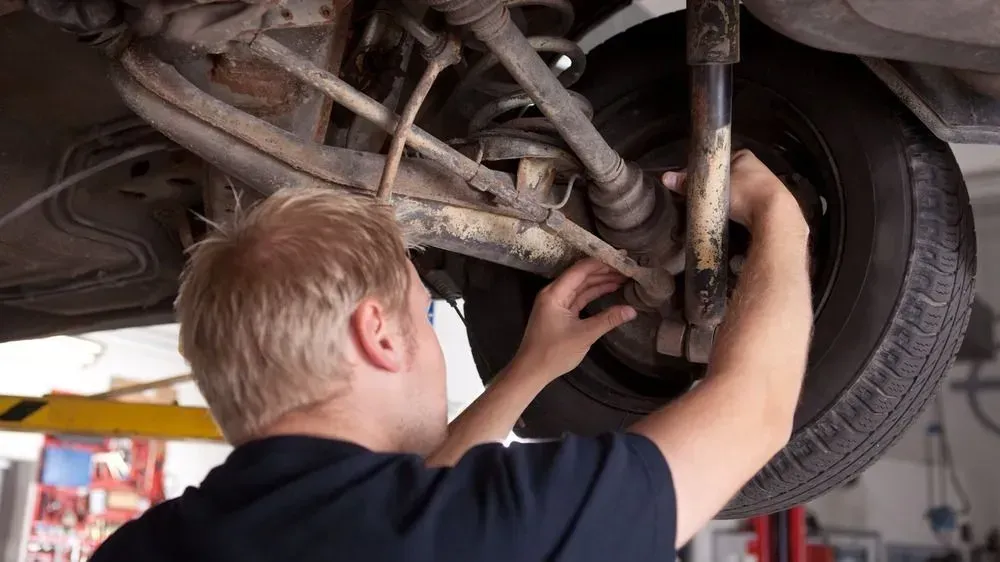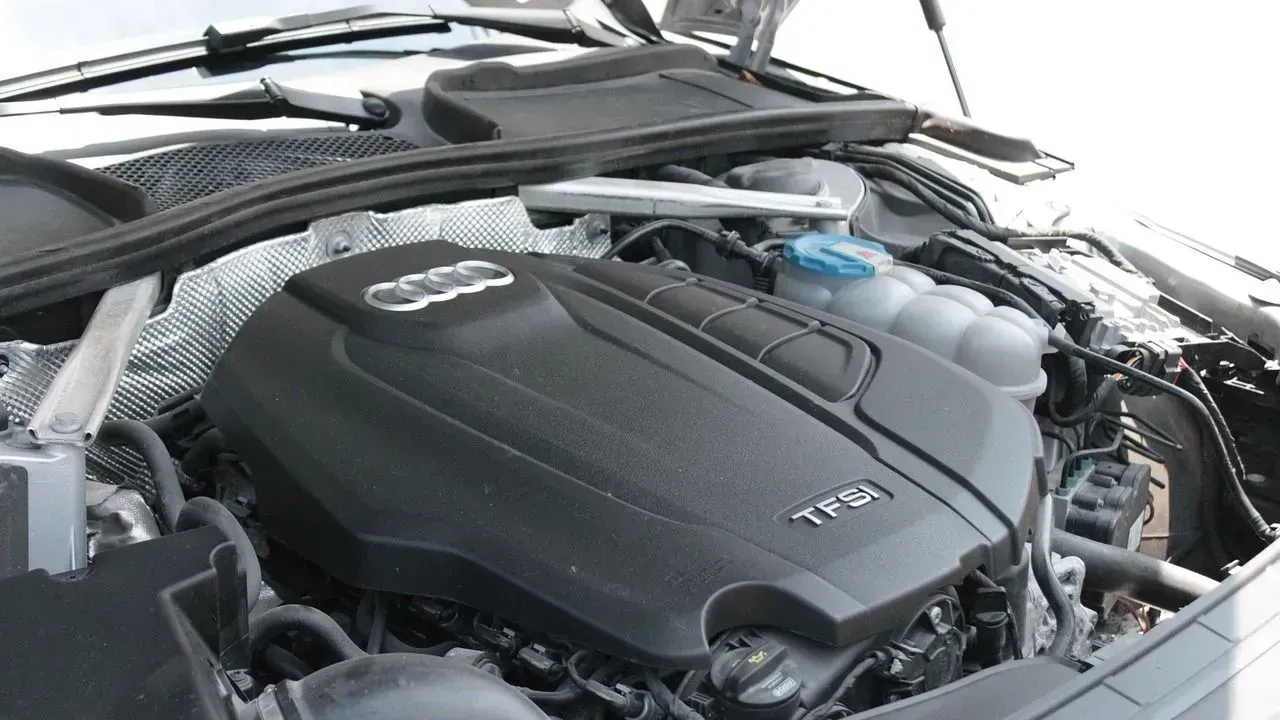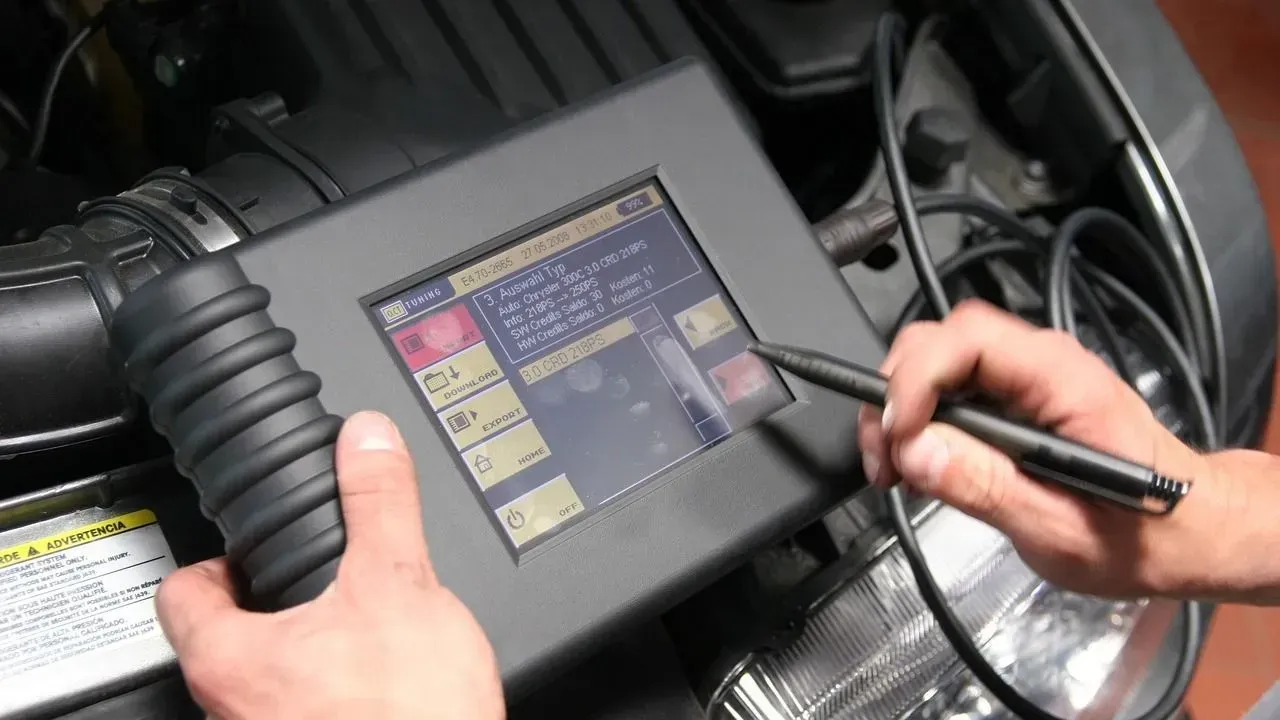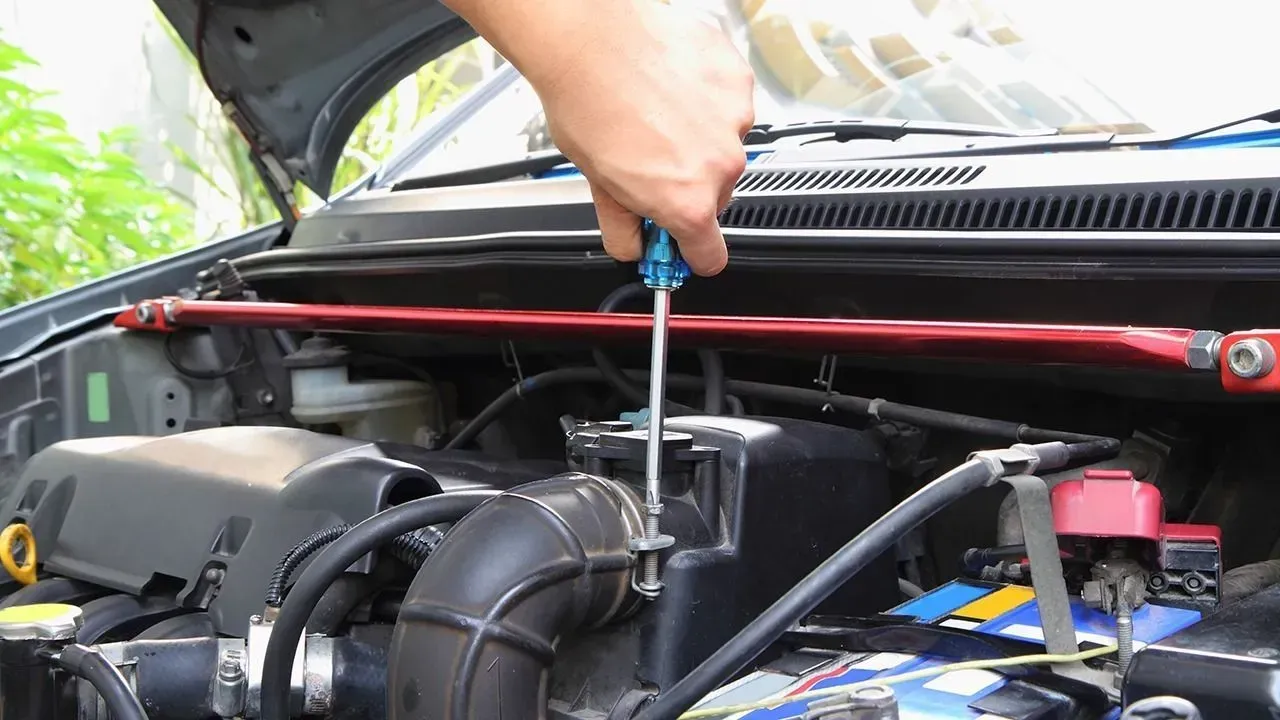Check Engine Light On? Here’s What It Really Means
As we transition from winter to spring, the road conditions change drastically. The winter season causes a lot of wear and tear on our roads, leaving behind thousands of new potholes that can damage our vehicles' suspension system. Your car's suspension system plays a crucial role in ensuring your safety and providing you with a smooth ride. It's important to inspect and replace your shocks and struts, especially after a harsh winter, to keep your vehicle running smoothly and avoid any potential safety hazards.
We’ve all been there: you’re driving along, maybe sipping coffee on the way to work, when suddenly, that little orange check engine light flickers on. Your heart skips a beat. Is it something minor? Or something major?
Don’t panic! This article will break down exactly what that light means, what could be causing it, and how Auto Tech can help you figure it out quickly, accurately, and affordably.
What Does the Check Engine Light Mean?
The check engine light is part of your car’s onboard diagnostics system. When it turns on, your vehicle’s computer is letting you know that something’s not right. This light could signal anything from a simple sensor malfunction to a serious engine or emissions issue.
The system stores a diagnostic trouble code (DTC) that can be read using a special tool. This code helps technicians pinpoint the root cause of the problem so repairs can be made efficiently.
Common Reasons Your Check Engine Light Is On
It might be tempting to ignore the light if your car seems to be running fine, but it’s your vehicle’s way of asking for help. Here are some of the most common causes:
1. Loose or Damaged Gas Cap
Believe it or not, something as simple as a loose gas cap can trigger the check engine light. The gas cap helps maintain pressure in the fuel system and prevents vapors from escaping.
2. Faulty Oxygen Sensor
This sensor monitors how much oxygen is in your car’s exhaust. A malfunctioning O2 sensor can cause poor fuel economy and increased emissions.
3. Malfunctioning Catalytic Converter
The catalytic converter helps reduce harmful emissions. If it fails, your car may run poorly and pollute more, and it could eventually damage the engine.
4. Bad Spark Plugs or Ignition Coils
These components ignite the fuel-air mixture in your engine. If they’re faulty, your engine might misfire or run roughshod.
5. Mass Airflow Sensor Failure
This sensor helps the engine manage fuel injection based on the amount of air entering the engine. If it fails, your car may stall or hesitate during acceleration.
6. Issues with the EVAP System
The Evaporative Emissions Control System (EVAP) prevents fuel vapors from escaping. A leak or fault in this system can cause the light to come on.
Solid vs. Flashing Check Engine Light
A solid check engine light usually signals a non-urgent issue that still requires attention. However, if your check engine light is flashing, it typically means there’s a severe engine misfire that could damage your catalytic converter.
Don’t ignore a flashing light. Pull over safely and call a mechanic—this could prevent a minor issue from becoming a costly repair.
Can I Drive with the Check Engine Light On?
Yes, but only sometimes. If the light is steady and your car seems to drive normally, you may be safe to drive a short distance, preferably to an auto repair shop. But keep in mind:
- You may be getting reduced fuel efficiency.
- You might be emitting more pollutants.
- You could be doing long-term damage to your vehicle.
If the light is blinking or your car runs rough, do not keep driving. Have your car checked immediately.
How Auto Tech Can Help You
When your check engine light comes on, don’t guess—get it checked with confidence at Auto Tech, your trusted local shop in Southern California. Our ASE-certified technicians specialize in accurate diagnostics and no-pressure recommendations.
Here’s how we help:
- State-of-the-art OBD-II diagnostics to find the exact cause
- Thorough inspection to verify what’s going on under the hood
- Transparent pricing and honest service—no unnecessary repairs
- Repairs done right the first time, with high-quality parts
- Fast turnaround times to get you back on the road ASAP
Why You Should Choose Auto Tech
We know you have options for auto repair, but here’s why Auto Tech should be your go-to:
- Local Experts You Can Trust: We’ve built our reputation on honesty, quality, and great customer service. Our team treats every car like it’s their own.
- Certified Technicians: All our techs are ASE-certified and continuously trained to stay up-to-date on the latest vehicle technology.
- Full-Service Auto Care: From diagnostics to engine repair, brakes, A/C, and scheduled maintenance—we do it all in one convenient location.
- Advanced Equipment: We use professional-grade diagnostic tools to get accurate results without guesswork.
- Community Driven: We’re proud to be a part of your community and work hard to keep our neighbors safe on the road.
Conclusion
The check engine light may be mysterious, but it doesn’t have to be scary. Whether it’s a loose gas cap or something more serious, Auto Tech is here to take the stress out of auto repairs.
Let our expert team diagnose the issue and get your car running smoothly again. No games, no pressure, just solid, reliable service from people who care.
If your
check engine light is on, schedule a diagnostic test with us today. We’ll treat your car like it’s one of our own.
Frequently Asked Questions
How much does it cost to check the engine light at Auto Tech?
We offer competitive pricing for diagnostics. Contact us for a quote!
What should I do immediately if my check engine light starts flashing?
Pull over safely, turn off your vehicle, and call us or a tow service. A flashing light means there’s a serious issue that could damage your engine.
Can I reset the check engine light myself?
You can, but it’s not recommended. Resetting the light doesn’t fix the problem—it only hides it. Let our pros check it properly.
Will my car pass a smog test with the check engine light on?
No, if the light is on, your vehicle will automatically fail a smog/emissions test in California.
How long does a diagnostic test take at Auto Tech?
Most diagnostics take under an hour, and we aim to get you results the same day—often within just a couple of hours.
At Auto Tech, we aim to be your lifelong automotive repair partner. Our services include AAA Approved expert auto repair and comprehensive automotive solutions.
BUSINESS HOURS
- Monday
- -
- Tuesday
- -
- Wednesday
- -
- Thursday
- -
- Friday
- -
- Saturday
- Closed
- Sunday
- Closed
All Rights Reserved | Auto Tech

